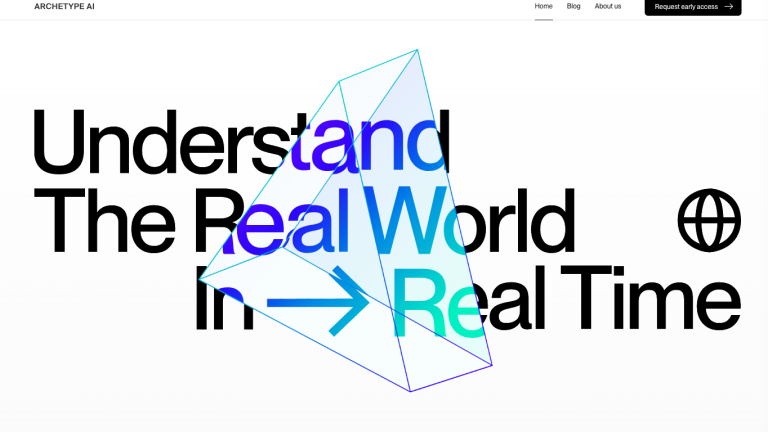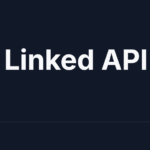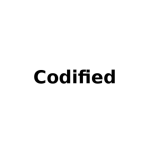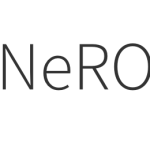TL;DR: Archetype AI uses physical AI to interpret sensor data in real time, providing actionable insights for safety, security, spatial computing, and predictive maintenance.
Archetype AI’s “Newton” model understands and reasons about the physical world by fusing sensor data and natural language. It aids in improving safety on construction sites, optimizing smart homes, enhancing vehicle interactions, reducing factory downtime, and monitoring energy infrastructure.
Who is Archetype AI For
Archetype AI is designed for industries needing real-time physical world insights. Key users include:
- Construction Firms: For enhancing site safety.
- Smart Home Developers: To automate tasks and improve user interactions.
- Automotive Companies: For vehicle adaptations and safety improvements.
- Manufacturers: To detect anomalies and minimize downtime.
- Energy Sector: For monitoring and optimizing renewable energy equipment.
- Healthcare Providers: To generate comprehensive health reports from wearable sensors.
Key Features of Archetype AI
- Real-Time Insights: Provides real-time descriptions and predictions from sensor data.
- Multimodal Sensor Integration: Uses cameras, microphones, radars, and other sensors.
- Private Data Management: Ensures data privacy with proprietary data handling.
- Edge Deployment: Deploys AI models at the edge for specific tasks.
- API Integration: Integrates with applications for summarizing, searching, and monitoring sensor data.
How to Use Archetype AI
- Request early access on the Archetype AI website.
- Set up sensors and integrate them with the Newton model.
- Use the API to stream data and receive insights.
- Customize the AI model with proprietary data for specific use cases.
- Deploy edge models on devices or machinery as needed.
Key Use Cases for Archetype AI:
- Construction Safety: Monitor and alert potential hazards on construction sites.
- Smart Home Automation: Automate tasks based on user presence and preferences.
- Vehicle Interaction: Improve vehicle safety and convenience with spatial interactions.
- Factory Maintenance: Detect and address anomalies in real-time to prevent downtime.
- Energy Monitoring: Optimize energy production and predict maintenance needs.
- Healthcare Reporting: Generate detailed health reports from sensor data.





































